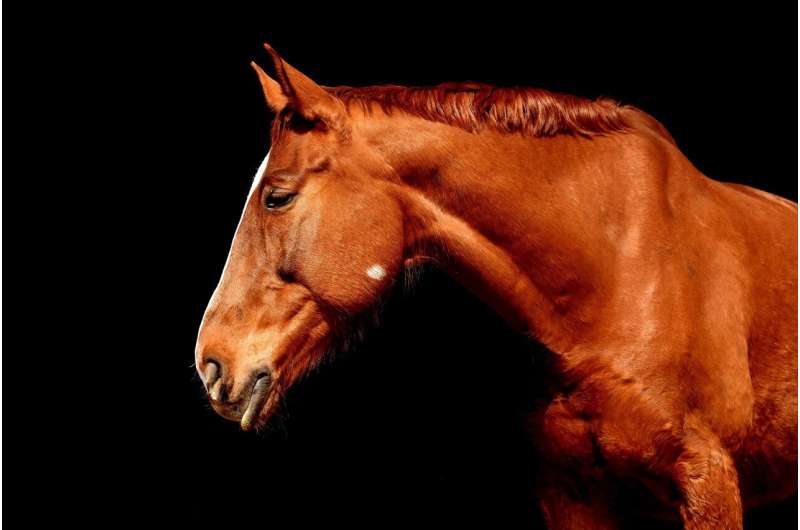Did a single genetic mutation make horses rideable?

Paul Arnold
contributing writer

Gaby Clark
scientific editor

Robert Egan
associate editor

Domestication of the horse was one of the crowning achievements of early humans. It led to advancements in transportation, warfare and agriculture, effectively galloping societies into the modern era.
Although previous genetic studies pointed to the Don-Volga steppes in eastern Europe as the origin of modern domesticated horses around 4,200 years ago, a mystery remained about the DNA changes that enabled wild horses to become tame and rideable. However, a new study in the journal Science provides clues, suggesting that a single mutation may have played a key role.
Researchers led by Xuexue Liu and Ludovic Orlando of the Center for Anthropology and Genomics in Toulouse, France, studied the DNA from a large number of ancient horse remains dating back thousands of years. They focused on 266 genetic markers, which are small bits of DNA known to be linked to specific horse traits, such as coat color, body shape, locomotion and behavior.
What does the DNA say?
One of the key observations they made was that, during the early stage of domestication, approximately 5,000 years ago, selective breeding favored a genetic region (or locus) associated with the ZFPM1 gene. This gene is likely related to tameness and behavior, suggesting that the first step of domestication was selecting horses that were less aggressive and easier to handle.
Another crucial finding was a change in the GSDMC locus, the location of the GSDMC gene. This gene is linked to a horse's body shape and build, as well as the structure of its spine. In a related experiment, the scientists modified this DNA region in mice.
As a result, they were much stronger and displayed enhanced locomotion, which the researchers believe mirrors the genetic changes that transformed wild horses into rideable ones. In just a few centuries, this gene variant became dominant in the horse population.
"Our results indicate that selection at the GSDMC locus was instrumental to the emergence and success of the DOM2 bloodline (modern domestic horse lineage)... enhancing locomotor capacity and contributing to the rise of horse-based mobility ~4200 years ago," wrote the researchers in their paper.
But the work on this topic does not stop there. Further research is needed to clarify the effects of ZFPM1, the "tameness gene," and other traits it may have influenced. Scientists also want to conduct more detailed studies on how polygenic traits, which are characteristics influenced by two or more genes, have shaped horse evolution, as well as how these animals adapted to their local environments.
Written for you by our author , edited by , and fact-checked and reviewed by —this article is the result of careful human work. We rely on readers like you to keep independent science journalism alive. If this reporting matters to you, please consider a (especially monthly). You'll get an ad-free account as a thank-you.
More information: Xuexue Liu et al, Selection at the GSDMC locus in horses and its implications for human mobility, Science (2025).
Laurent Frantz, The rise of rideable horses, Science (2025).
Journal information: Science
© 2025 Science X Network



















